-
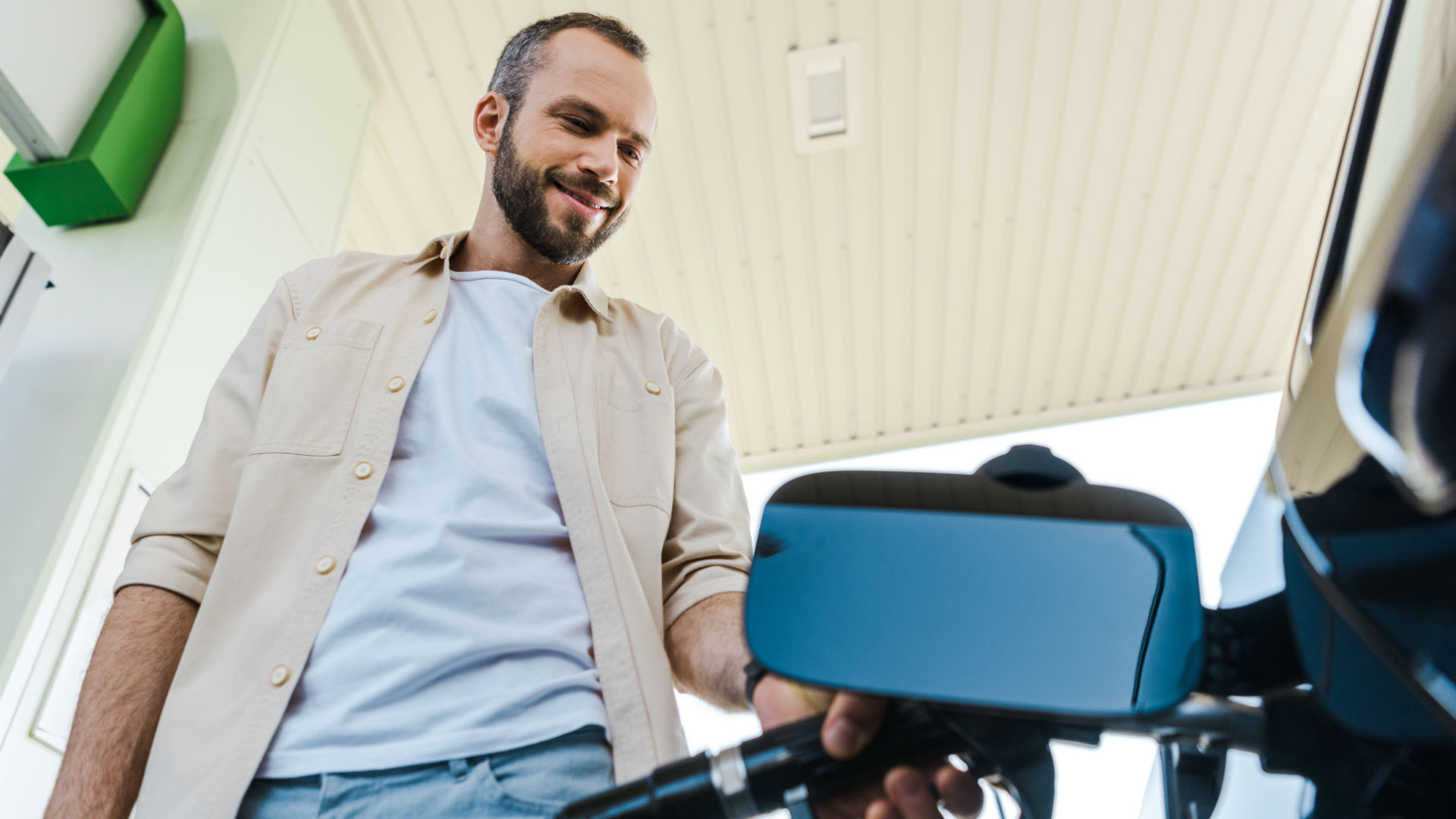
No more fuelling around
© GettyThe UK business secretary, Kwasi Kwarteng, has ordered an urgent inquiry into petrol station prices, following allegations that retailers have failed to pass on the recent 5p-per-litre cut in fuel duty.
In the meantime, drivers are forced to contend with record prices for petrol and diesel. According to the RAC, the cost to fill an average family car with petrol recently passed £100 for the first time.
So, how can you reduce your monthly fuel bill? We’ve assembled 10 actionable tips that are guaranteed to save you money. Read this guide for further fuel-saving advice from Motoring Research.
-
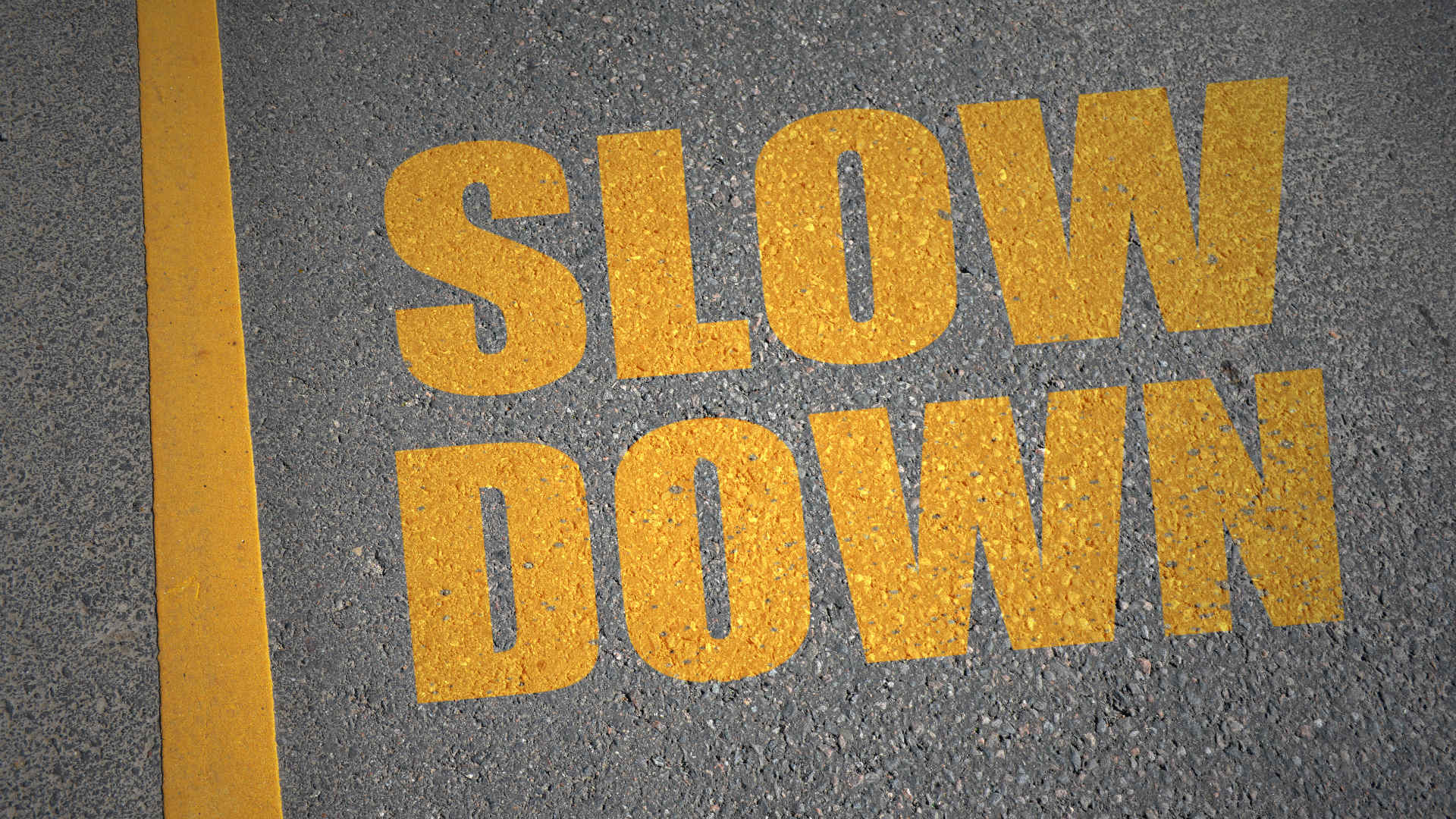
Slow down
© GettySticking to speed limits will not only avoid a potential fine, but you’re likely to shave pounds off your monthly fuel bill. Figures from the Department for Transport suggest that driving at a steady 50mph instead of 70mph can improve fuel economy by as much as 25 percent.
Your nan’s point about a fast driver not arriving any quicker might be slightly wide of the mark, but speeding is a false economy. Many drivers cruise at 80mph on the motorway, but you will use 10 percent more fuel than driving at 70mph.
-
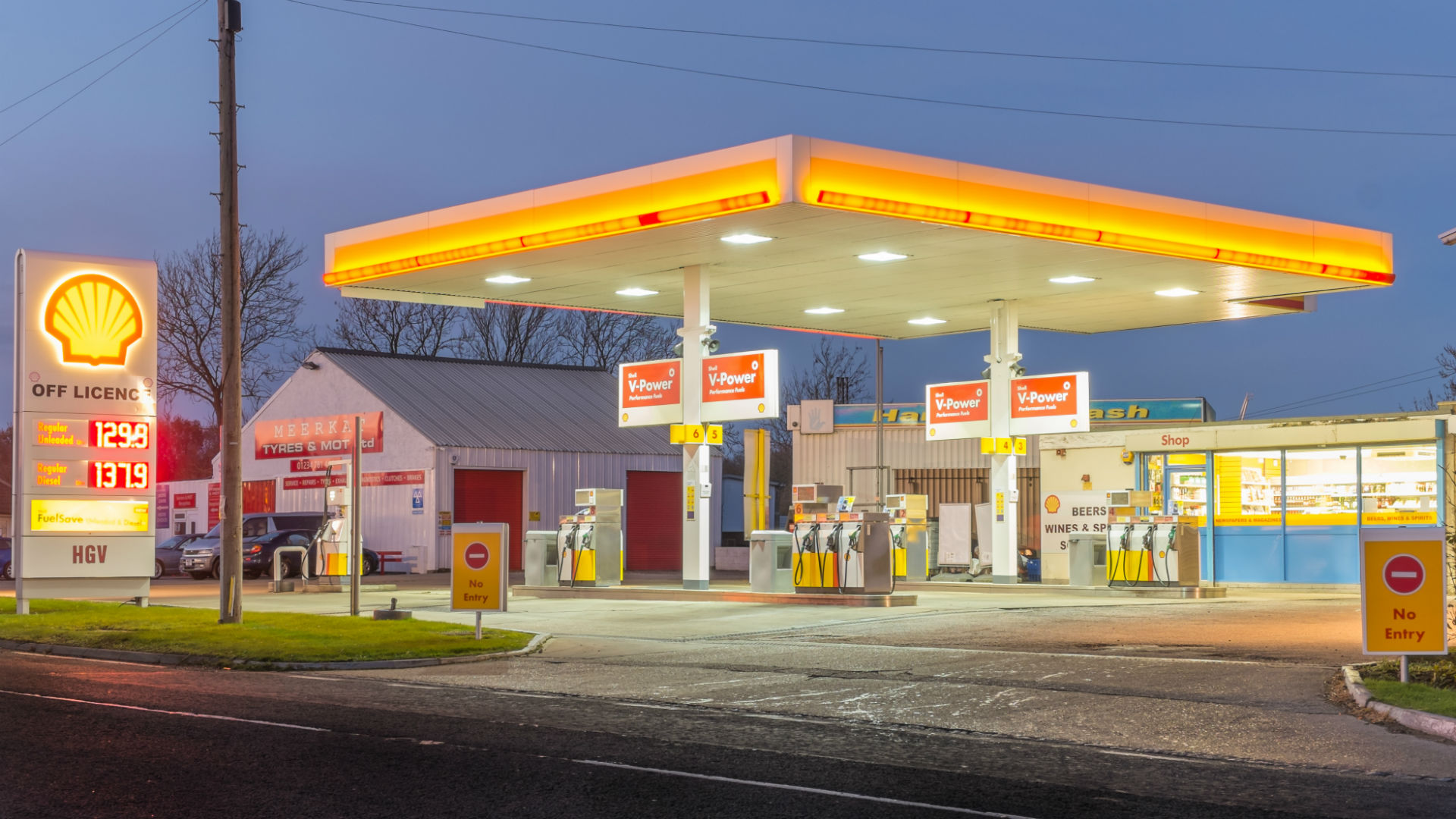
Shop around
© GettyShopping around for cheaper fuel could save you a few pennies per litre. Over the course of a month, these add up to a significant saving. PetrolPrices.com gathers data from thousands of petrol stations across the UK to provide average, minimum and maximum prices for unleaded, diesel, super unleaded, premium diesel and LPG.
While we wouldn’t recommend going out of your way to save a penny per litre, a little forward planning can make a difference, especially if you have a long journey ahead. The difference could be as much as 15p per litre. On a 50-litre tank, that’s a saving of £7.50.
-
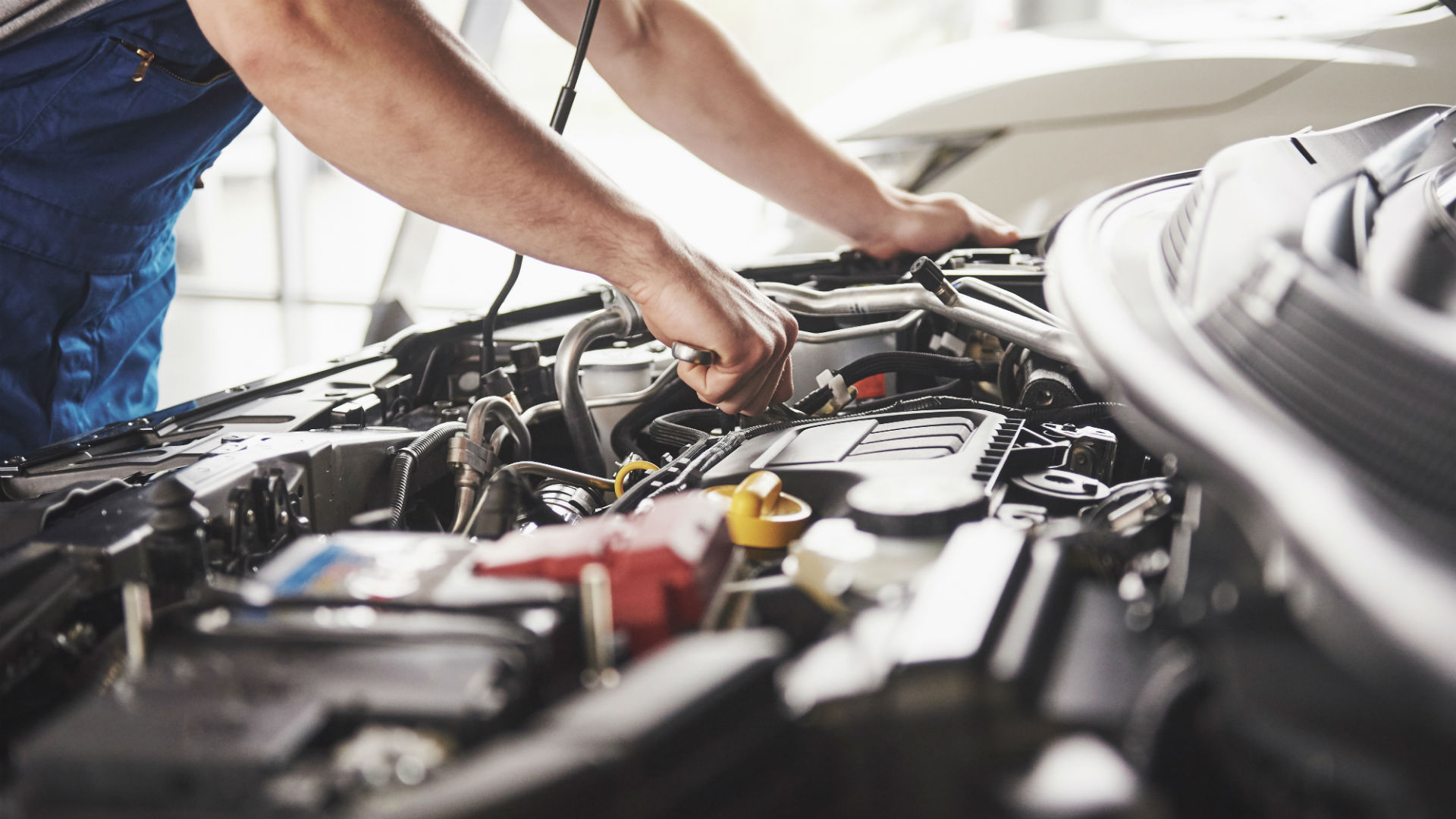
Service your car
© GettyGetting your car serviced in accordance with the manufacturer’s schedule will ensure it runs smoothly and efficiently. Not only is it better for the environment, but it’s also better for your wallet, because a well-maintained car uses less fuel.
By sticking to the recommended service intervals, you’ll be able to spot potential problems sooner. This could save you even more money in the long run. Consult your vehicle’s handbook to find out when your car is next due a service.
-

Plan your journey
© GettyToday’s sat nav systems can plan the most efficient route to your destination, but even if you’re still relying on a traditional map, a little planning can make a big difference. Ask yourself: do you really have to drive during rush hour? Stop-start traffic will result in your car consuming more fuel, as it works harder to get moving again. Similarly, leave home with time to spare, as rushing to your destination will use more fuel.
Look at the week ahead – could you combine two journeys into one? Are you able to car-share with one of your colleagues? Would public transport or even walking provide a more cost-effective and less stressful alternative? Plan ahead and save money.
-
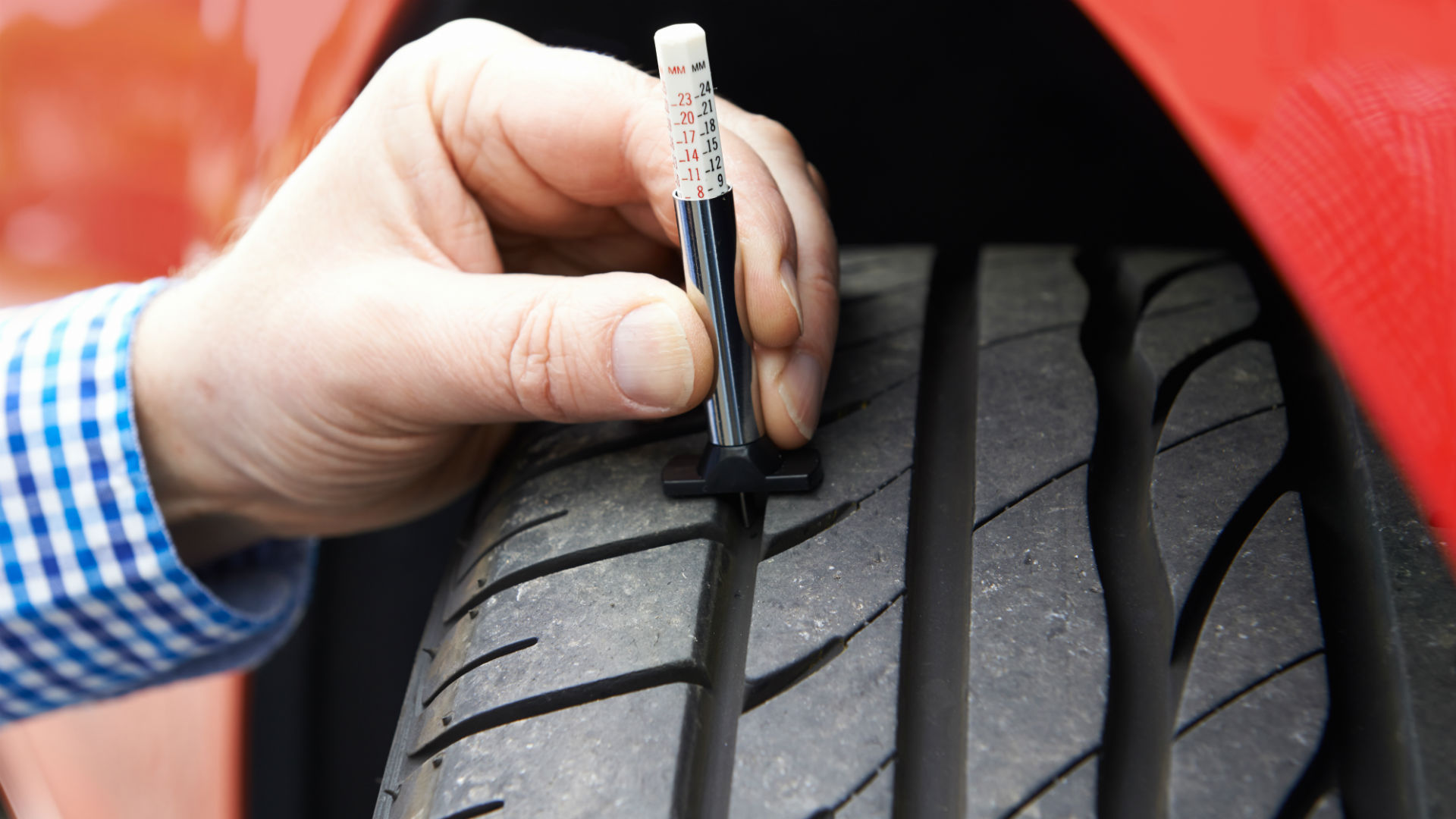
Check your tyres
© GettyResearch by Continental suggests that tyres contribute up to 20 percent of a car’s total fuel consumption, so it pays to take care of your rubber. Reduce rolling resistance by 10 percent and you can expect a 1.6 percent drop in fuel consumption – the equivalent of 2g/km of CO2.
You’ll find the recommended tyre pressures somewhere on the car, most likely on the inside of the driver’s door or fuel filler cap. If in doubt, consult your vehicle’s handbook or your local dealer. Correctly inflated tyres will last longer, be safer on the road and will improve your fuel economy.
Also remember to replace worn-out tyres. EU tyre labelling makes it easier for you to find the most efficient tyres for your car.
-
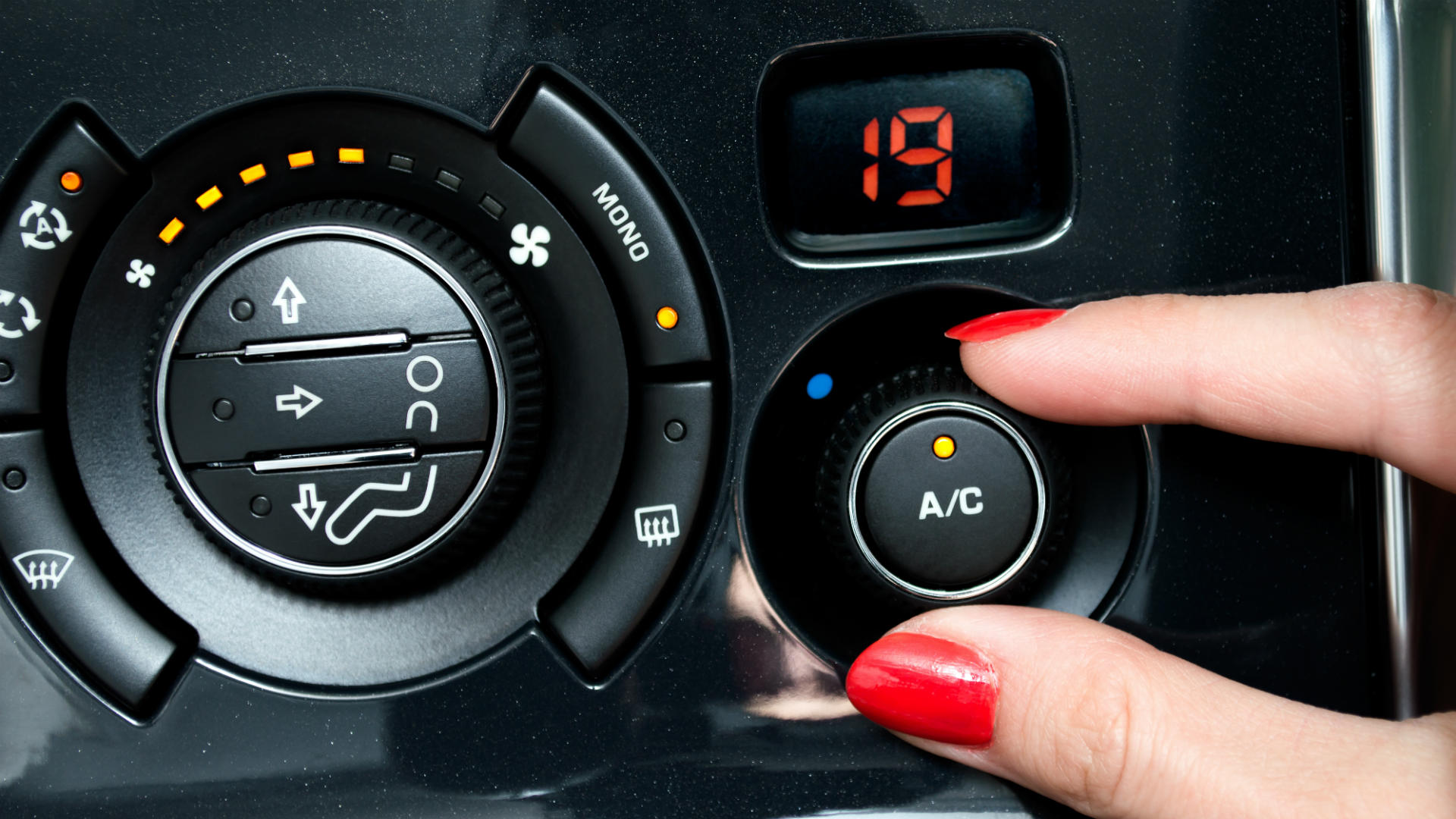
Turn off the air conditioning
© GettyTurning off the air conditioning will improve your fuel economy, but opening the windows on the motorway could be a false economy. As a guide, keep the windows shut at speeds in excess of 60mph.
Remember, air conditioning can also help to demist a car, so using it is preferable to leaving the car idling while you wait for the windows to clear.
-
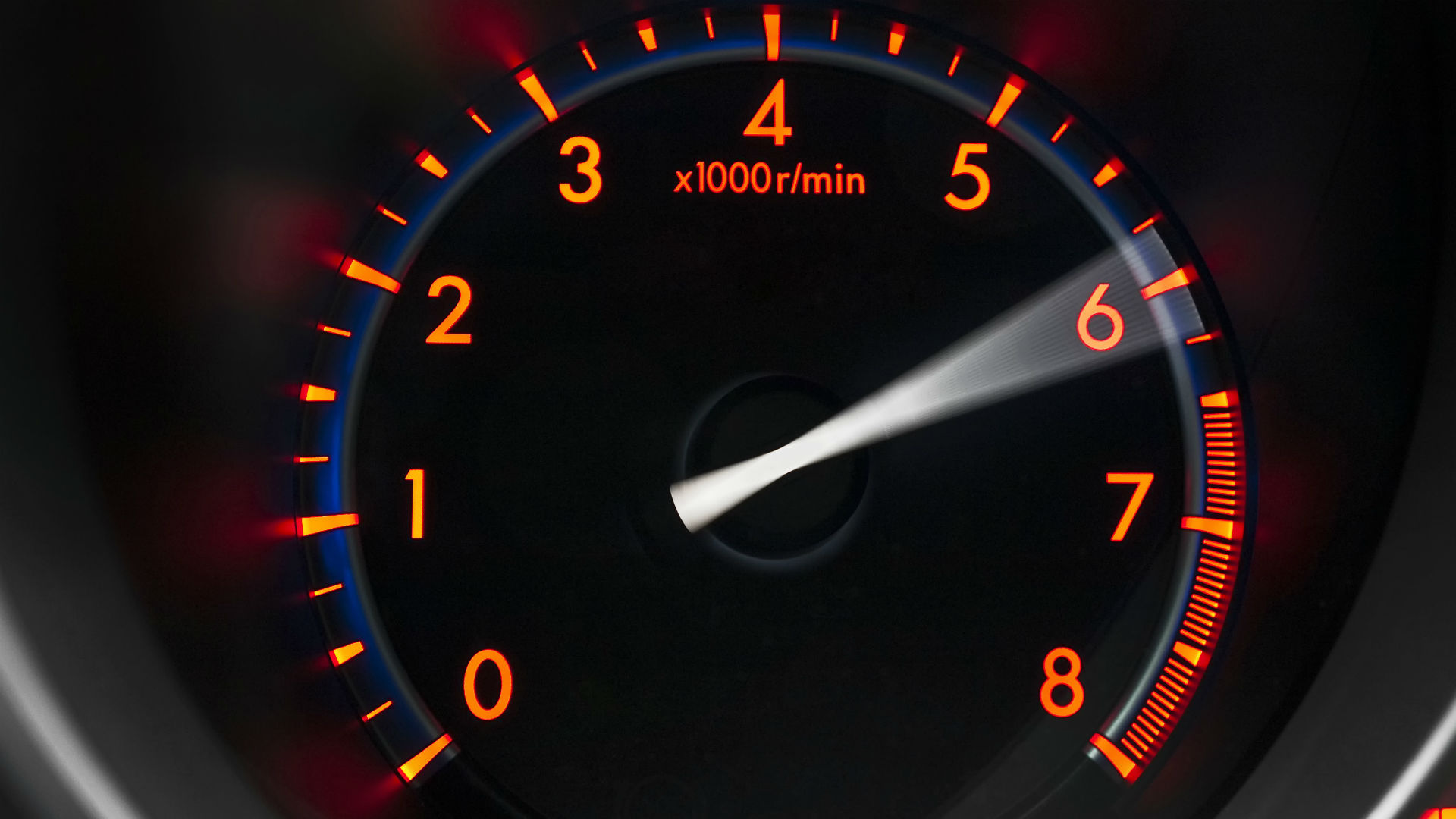
Avoid over-revving your engine
© GettyIf your car features a shift-up/shift-down indicator on the dashboard, use it, as this will ensure your engine is running at optimum efficiency. Over-revving will waste fuel and increase engine wear, but be careful not to allow the engine to labour.
The Department for Transport recommends changing up a gear before the rev counter reaches 2,000rpm in a diesel car and 2,500rpm in a petrol car. Read the road ahead to ensure you’re not in too high a gear for hills and roundabouts.
-
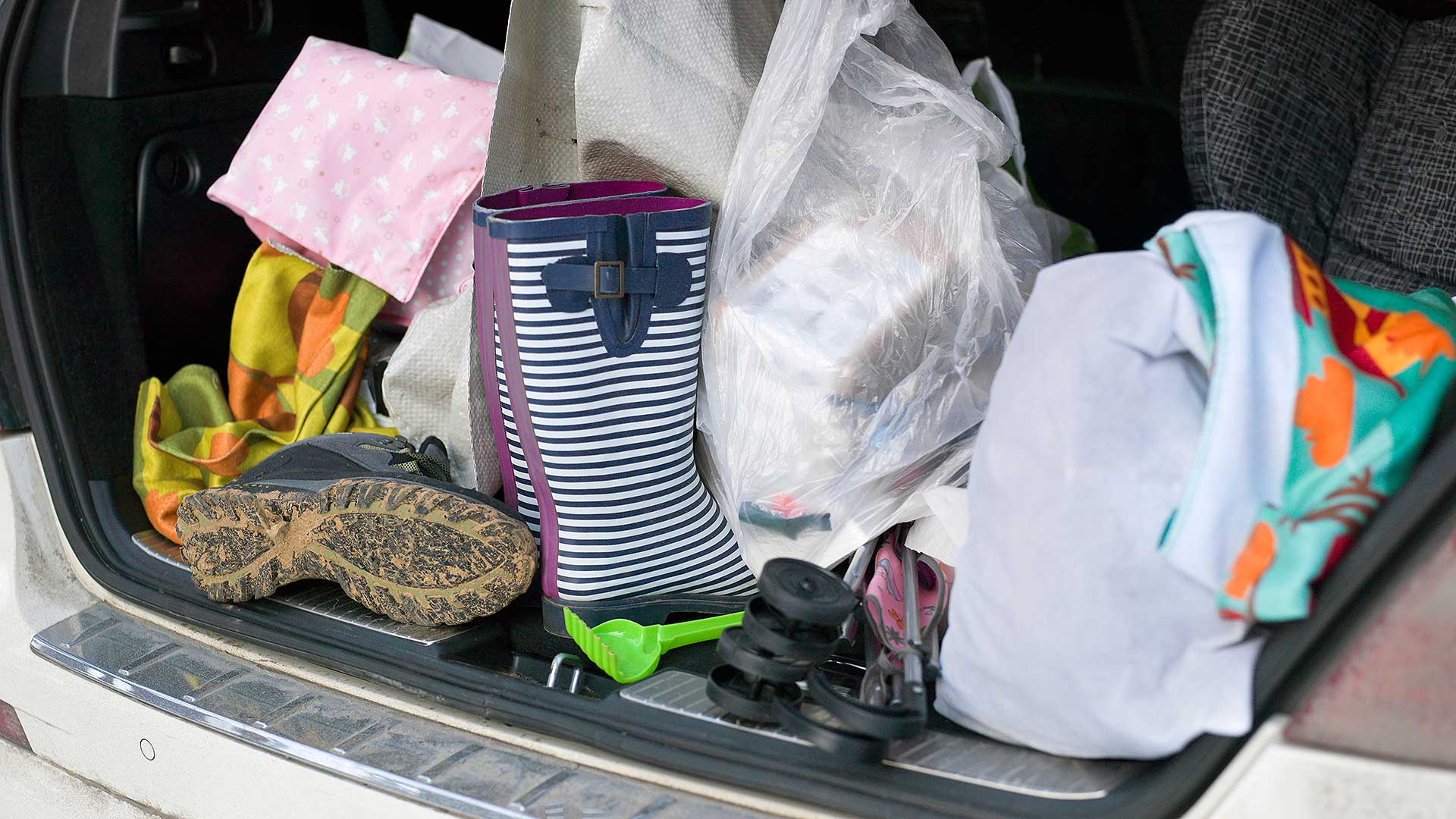
Declutter your car
© GettyThe more your car has to carry, the harder it has to work, which in turn leads to reduced fuel economy. While we wouldn’t endorse leaving your mother-in-law at the bus stop, we would recommend leaving the golf clubs or sports equipment at home.
The RAC claims that, on average, every 50kg you carry will increase your fuel consumption by two percent. It’s based on the percentage of extra weight relative to the vehicle’s weight, so the smaller the vehicle, the greater the effect.
-
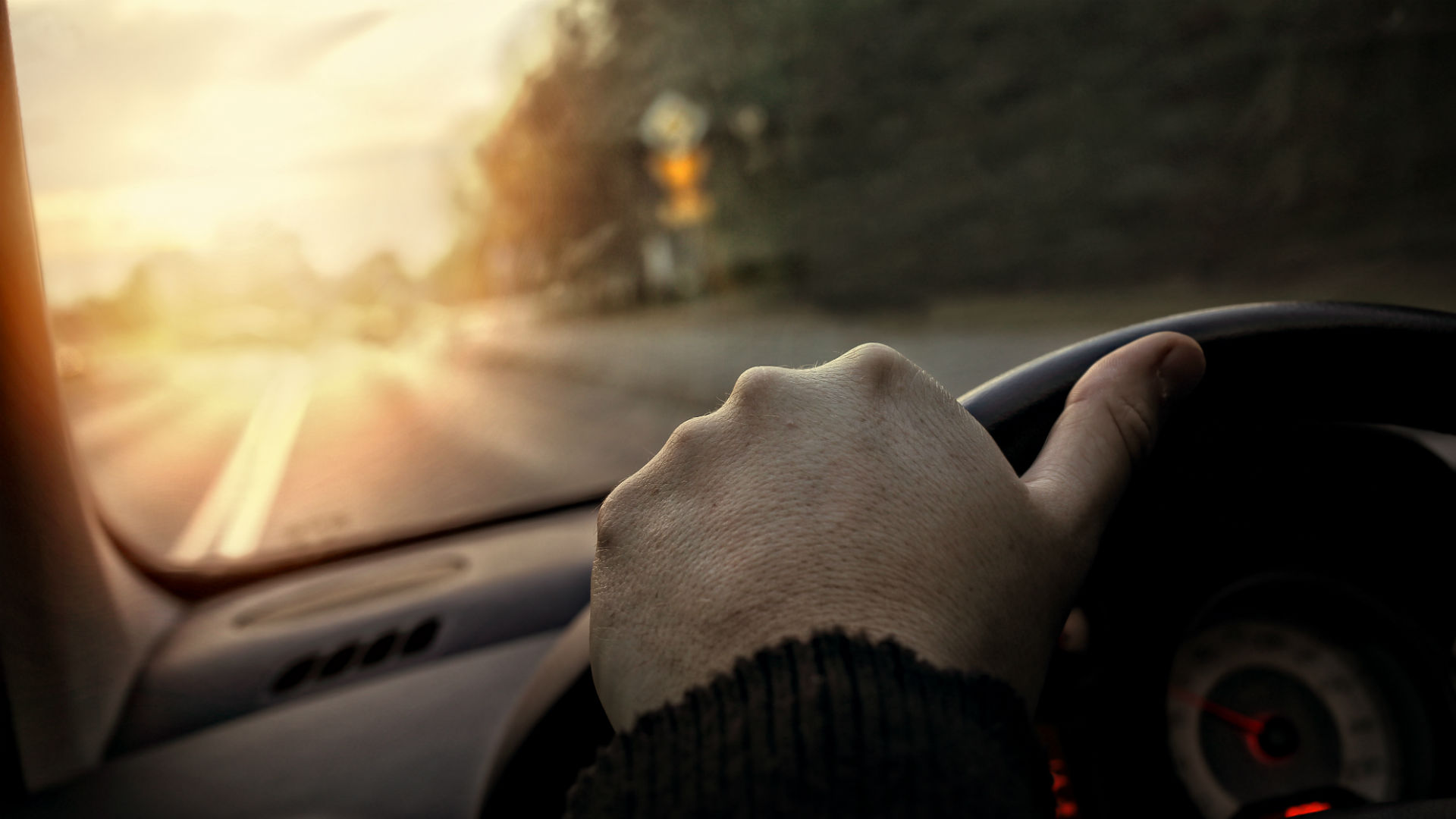
Smoothly does it
© GettyBy accelerating and decelerating in a smooth and relaxed manner, you could expect to save around 20 percent in fuel. Figures suggest that non-aggressive driving and anticipating the road ahead could see this rise to as much as 30 percent. We put this theory to the test on the WLTP Marathon event and can confirm it really works.
Indeed, braking will put a dent in your hypermiling achievements, while the simple act of accelerating will reduce it even further. Avoid leaving braking for junctions and roundabouts until the last minute. Again, the WLTP Marathon taught us that failure to anticipate traffic flow will put a big dent in your economy.
-
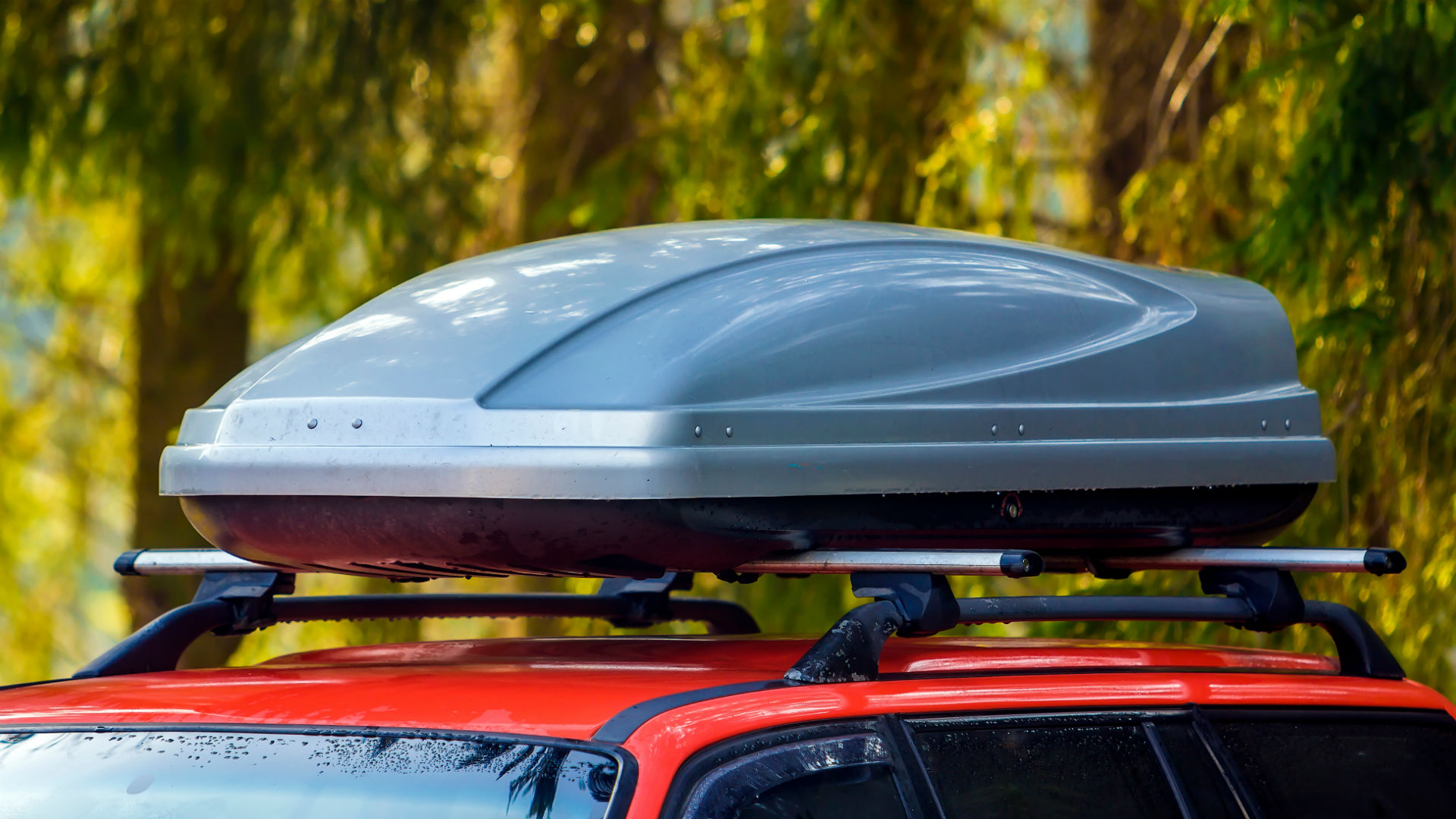
Remove the roof rack
© GettyAnything that reduces your car’s aerodynamic properties will have a negative impact on your fuel consumption. Figures from the RAC suggest that even an empty roof rack can increase fuel consumption by 10 percent.
Add the additional weight of a fully loaded roof rack and the net result could seriously hamper your chances of saving money. If it’s not being used – remove it. This includes the roof bars (but not your mother-in-law).